Terminations
TEUFELBERGER offers individual terminations for selected safety & rescue ropes. From splice to end bond!
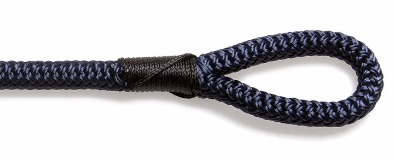
Splice
A splice is obtainable for all single and double braids.
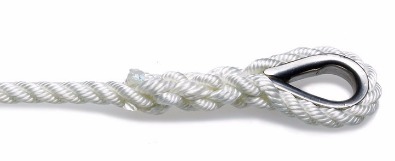
Thimble
Spliced eyes with thimbles are the most general kind of terminations. Extremely versatile and robust, thimbles are the first choice for numerous applications.
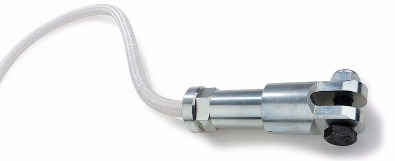
End bond
Fitting the end of a fiber rope with a socketing cone is a high tech solution offering both, a maximum of tensile strength and unlimited flexibility in designing the metal end bond. The socketing cone itself features a thread to which any end termination can be connected. Stitched terminations TEUFELBERGER cuts the rope to the required length and makes stitched terminations meeting individual requirements. By building on decades of sewing experience and a great wealth of expertise in this field, we succeed in maintaining breaking forces at a very high level.
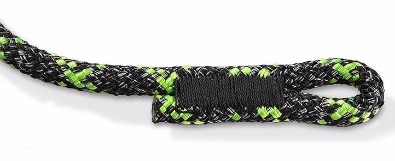
Stitched terminations
TEUFELBERGER cuts the rope to the required length and makes stitched terminations meeting individualrequirements. By building on decades of sewing experience and a great wealth of expertise inthis field, we succeed in maintaining breaking forces at a very high level.
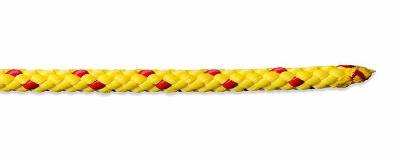
Tapered end
Rope and cord which is provided as a component for various pieces of machinery or appliances is often required to be prepared for a final assembly process. Tapered ends are important to facilitate easy mounting procedures.
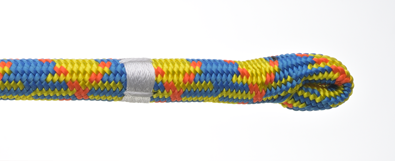
spLIFE
spLIFE is a slim, flexible and light end termination that allows to fit the rope end easily through gear and devices. The spLIFE termination is offered by Teufelberger and a variety of accredited partners.
